New report shows nine European museums in world’s top 20
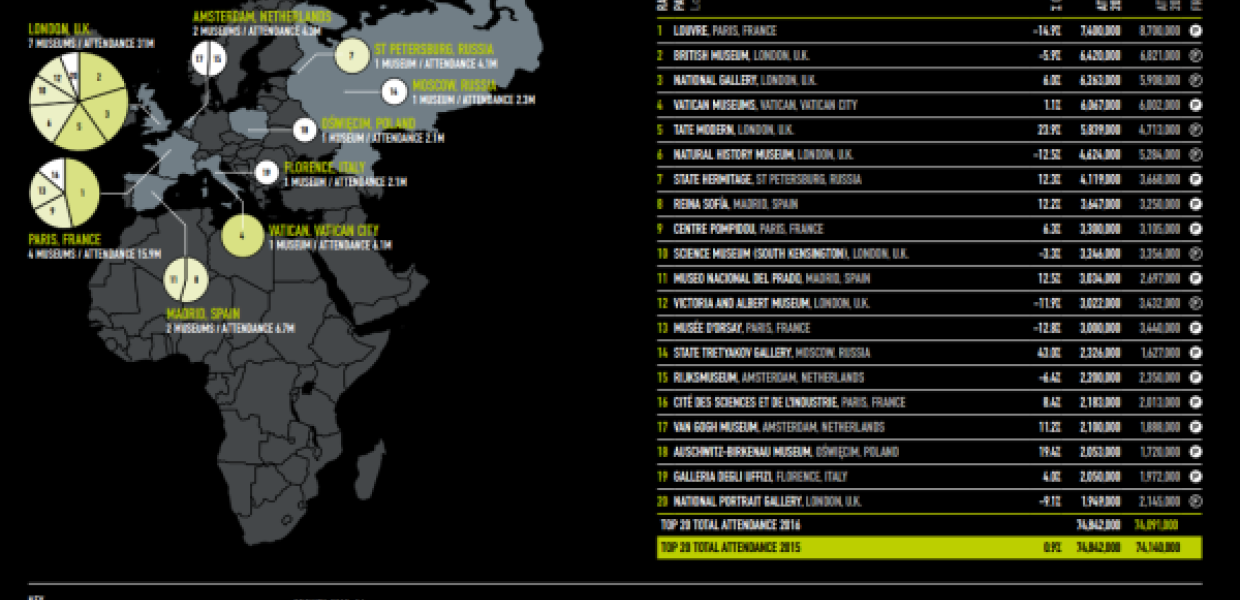
A report out last week lists the world’s 20 most visited museums in 2016, with nine of them based in Europe.
The Louvre is Europe’s highest entry, third behind the National Museum of China in Beijing and the National Air and Space Museum in Washington DC. The other entries from Europe are the British Museum, National Gallery, Tate Modern and Natural History Museum in London, Vatican Museums in Vatican City, the State Hermitage in St Petersburg, Reina Sofía in Madrid and the Centre Pompidou in Paris.
The report says that 2016 was a record-breaking year for museums worldwide, with over 108 million attendees, beating the previous yearly record by over one million.

Top 20 Museums Worldwide. Theme Index and Museum Index 2016 Global Attractions Attendance Report.
The Theme Index and Museum Index 2016 Global Attractions Attendance Report comes from the Themed Entertainment Association (TEA) and the economics practice at global infrastructure services company AECOM. It claims to be the definitive annual attendance study for the themed entertainment and museum industries.
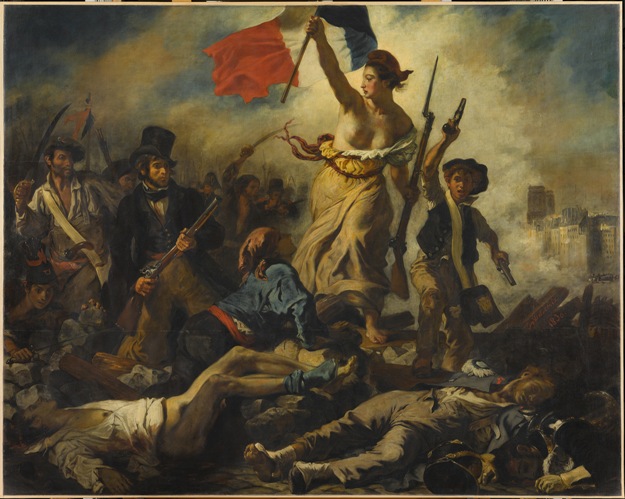
la Liberté guidant le peuple. Delacroix, Eugène, 1798-1863; http://viaf.org/viaf/7389086. Musée du Louvre. CC BY-NC-SA.
The museum index is in its fifth year, which means the writers can now look at trends over time. The report reflects on issues we’re all familiar with - museums have been through a turbulent time recently, with recession, government funding cuts and ever-changing technology and audience demands leading to many adjustments, often very innovative ones. As the report says:
‘We have seen [museums] become more directly competitive for the leisure and family audience, and more technologically sophisticated. They have incorporated tools of themed entertainment and experience design, and embraced blockbuster exhibitions and IP storytelling. The role of the collection has likewise shifted — how it is presented, how it can be accessed. [...] A year ago, just a handful of museums were looking at VR and AR. Now, it’s pervasive — museums of all sizes are considering how to use VR either to create visitor experiences or access their collections in unique ways.’
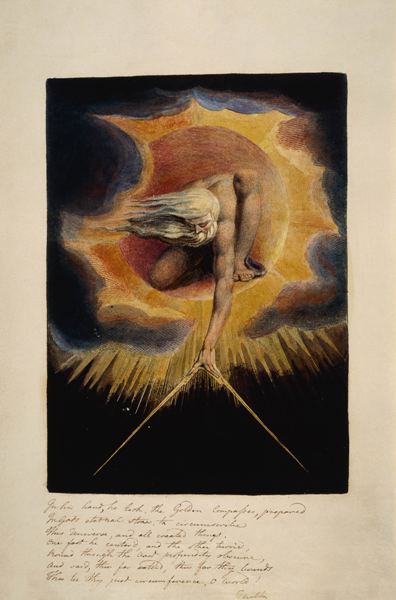
Europe: a Prophecy (frontispiece). http://viaf.org/viaf/54144439. The British Museum. CC BY-NC-SA.
Whilst this shift to technology can be exciting, the report also notes a potential danger:
‘However, the very technology that is enabling museums to attract more visitors is also a threat to attendance, as collections and exhibits can now be accessed online from anywhere in the world.’
That threat is, of course, Europeana’s raison d’etre but we believe that a digital presence that leads to greater exposure is a good thing for both audiences and institutions. Read our case studies on the Rijksmuseum and a group of Swedish museums.
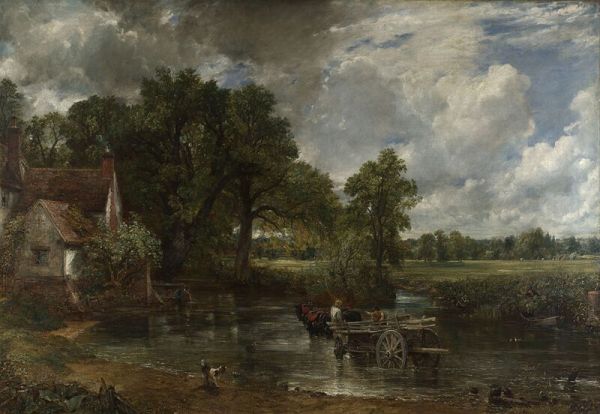
The Hay Wain. Constable, John, 1776-1837. The National Gallery. CC BY-NC-ND.
Very few items from the top 20 museums yet appear in Europeana Collections. But last year, we welcomed our first submissions from some of them as part of our Europe-wide art project, Europeana 280. Masterpieces from the Louvre, the British Museum, the National Gallery and the Centre Pompidou can now be found through Europeana Collections, joining nearly 200 items from the Vatican Museums.
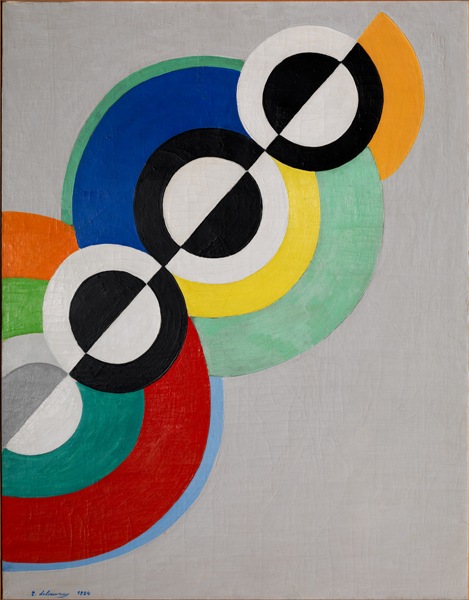
Rythmes. Delaunay, Robert, 1885-1941; http://viaf.org/viaf/68979341. Centre Pompidou - Musée national d'art moderne - Centre de création industrielle. CC BY-NC-SA.

